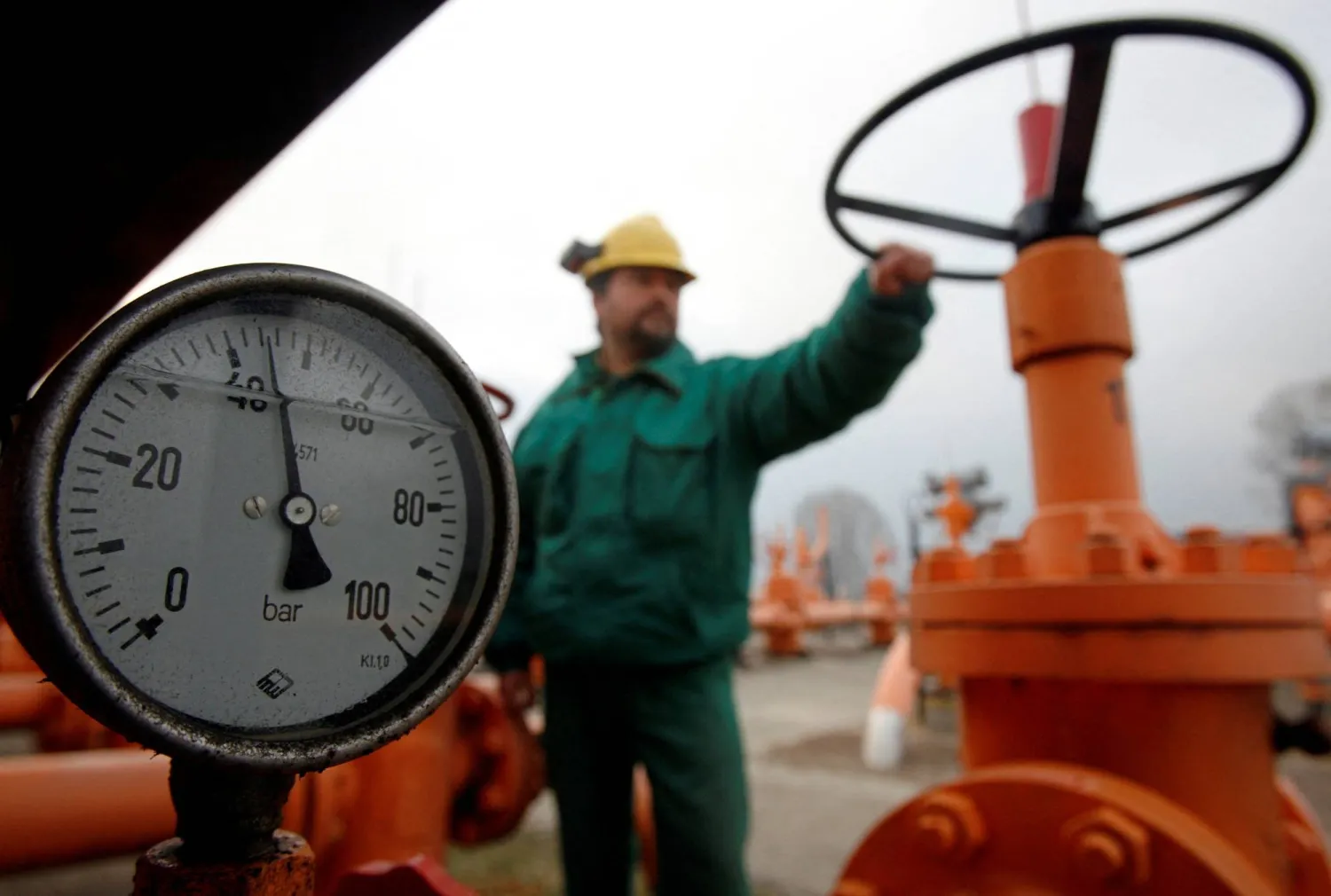Oil prices slipped more than $3, or 4%, on Monday after Iran attacked the US military base in Qatar in retaliation for US attacks on its nuclear facilities, and took no action to disrupt oil and gas tanker traffic through the Strait of Hormuz.
Brent crude futures were down $2.91, or 3.8%, at $74.09 a barrel by 1:13 p.m. ET (1713GMT). US West Texas Intermediate crude (WTI) eased $2.8, or 3.8%, to $71.06, Reuters reported.
"Oil flows for now aren't the primary target and is likely not to be impacted, I think it's going to be military retaliation on US bases and/or trying to hit more of the Israeli civilian targets," said John Kilduff, a partner at Again Capital.
US President Donald Trump said he had "obliterated" Iran's main nuclear sites in strikes over the weekend, joining an Israeli assault in an escalation of conflict in the Middle East as Tehran vowed to defend itself.
Israel also carried out fresh strikes against Iran on Monday including on capital Tehran and the Iranian nuclear facility at Fordow, which was also a target of the US attack.
At least two supertankers made U-turns near the Strait of Hormuz following US military strikes on Iran, ship tracking data shows, as more than a week of violence in the region prompted vessels to speed, pause, or alter their journeys.
About a fifth of global oil supply flows through the strait. However, the risk of a complete shutdown is low, analysts have said.
A telegraphed attack on a well defended US base could be a first step in reducing tensions provided there are no US casualties, Energy Aspects said in a post.
"Unless there are indications of further Iranian retaliation or escalation by Israel/the US then we may see some geopolitical risk premium come out of the price in subsequent days," it said.
Qatar said there were no casualties from the attack on the US military base.
Iran, which is OPEC's third-largest crude producer, said on Monday that the US attack on its nuclear sites expanded the range of legitimate targets for its armed forces and called Trump a "gambler" for joining Israel's military campaign against Iran.
Meanwhile, Trump expressed a desire to see oil prices kept down amid fears that ongoing fighting in the Middle East could cause them to spike. On his Truth Social platform, he addressed the US Department of Energy, encouraging "drill, baby, drill" and saying, "I mean now."
Investors are still weighing up the extent of the geopolitical risk premium, given the Middle East crisis has yet to crimp supply.
HSBC expects Brent prices to spike above $80 a barrel to factor in a higher probability of a Strait of Hormuz closure, but to recede again if the threat of disruption does not materialize, the bank said on Monday.
Iraq's state-run Basra Oil Company said international oil majors including BP, TotalEnergies and Eni had evacuated some staff members working in oilfields.









